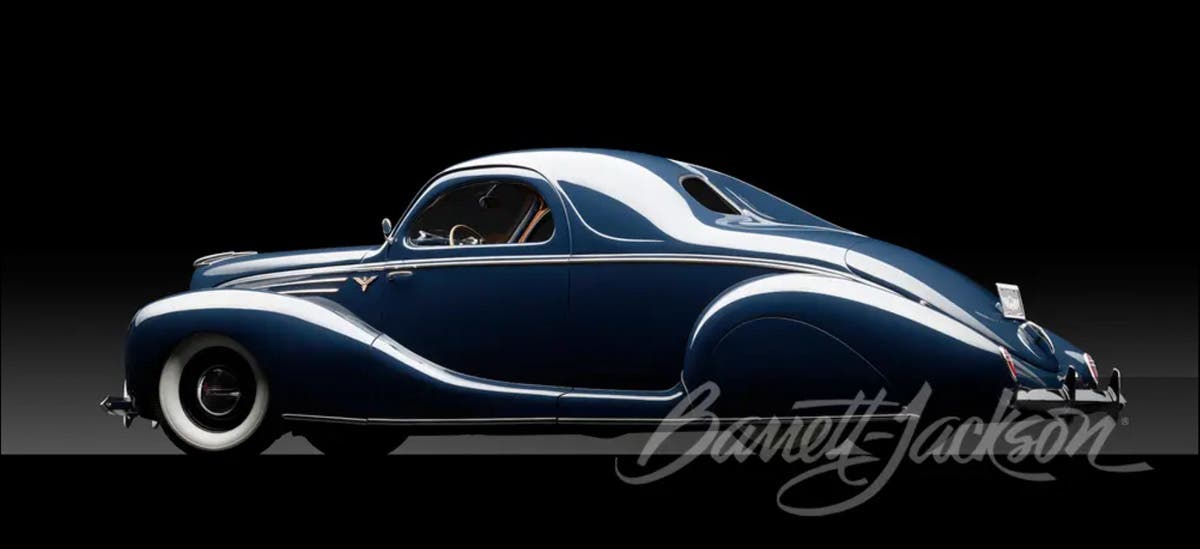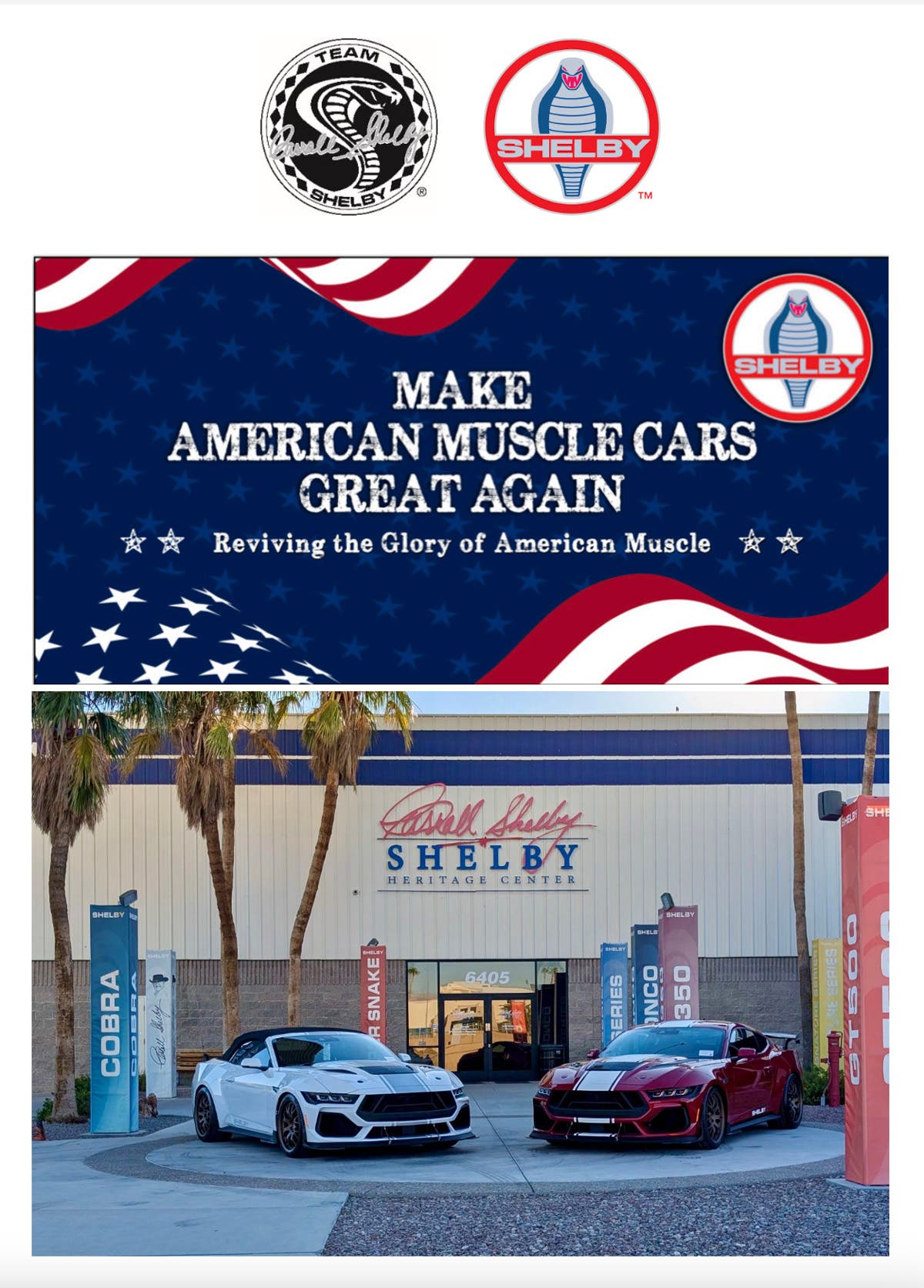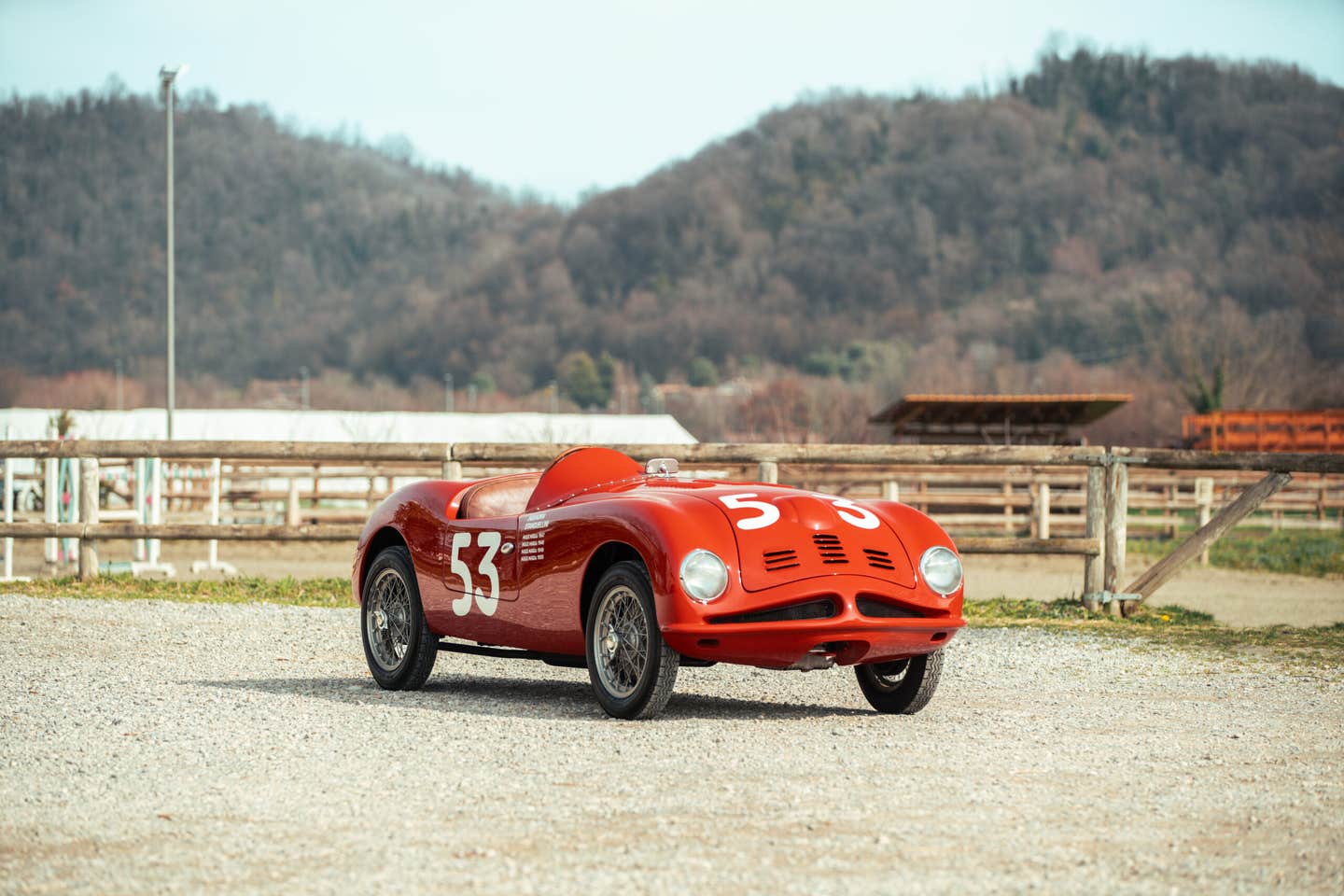Around the world in a ’28 Plymouth: Part 2
John Quam’s globe-trotting trip in a 1928 Plymouth roadster continues.
By Angelo Van Bogart
On Oct. 8, John Quam returned from a trip around the globe in his 1928 Plymouth roadster. He was accompanied by trip co-organizer Luke Rizzuto and followed by Leo Jansens and his passenger Eileen Bjorkman in Jansens’ late-model GMC Envoy. The trip began in May of this year, with four months of that time spent on the road (the vehicles spent about two months in shipping containers crossing the Atlantic and Pacific Oceans).
In part one, we covered the group’s travels across Asia and part of eastern Europe. In this conclusion, Quam talks about the final legs of his journey through Europe and the United States.
Laid up in Latvia
Crossing borders was never easy for Quam and his group. Each stop took about four hours, and the administration building at each border emptied as soon as the customs officials spotted the 1928 Plymouth roadster. Shortly before entering Latvia, Quam and his group came upon a retired Russian police officer who gave them directions to the customs station. The retiree offered to escort them to the Latvian border, which left Quam thinking it would be their easiest entry into another country. It turned out to be one of the most difficult crossings.
Two issues arose at the Latvian border. Jansens’ Florida-licensed GMC did not have a front license plate, which is required when driving in Latvia. For Quam, the Latvians’ issue with his entry was the photocopy of his Plymouth’s California vehicle registration.
Quam was instructed to return to Moscow to get an original registration form, but since his Plymouth was registered in California, he knew no one in Moscow could be of any help and he’d be there for at least a month — maybe longer. By the time Quam and Jansens had reached this crossing between Latvian and Russian customs, they were between borders in “no man’s land” and even returning to Russia meant going through the customs process again. To proceed, Quam had to get creative.
“I said, ‘The only way we’re going to be able to get (the original registration) is to contact the nearest U.S. embassy and the nearest one I know of is in Berlin. I will need to know who your boss’ boss is because the embassy won’t just send a blind FAX without a name they recognize on it,’ so basically, the equivalent of their ambassador. I said, ‘If we can’t do that, you’re the one who has a problem.’
“He finally said, ‘I will be back.’ This is the typical thing: they will disappear for some 30 minutes; I don’t know what they do. Finally, he comes out and looks at me and he says, ‘You can go,’ so whether he called anybody, I don’t know. His boss probably said, ‘You are going to get the embassy involved?’”
It still wasn’t as simple as driving through. The customs guard’s workaround was for Quam and Jansens to drive around the building to where they entered while the guard erased the computer records that they had ever entered. Quam and Jansens were then escorted back through customs and sent on their way without the knowledge of the computer system.
“It was like we were never there,” Quam said.
On to Europe and beyond
From Latvia and Russia, the group’s journey took them through Europe, which Quam said was a breeze to drive through. There were stops in Paris on Bastille Day and a streak along the Autobahn before Quam and his group drove on to Scandinavia where they began to experience the love people there have for American cars. The group’s timing couldn’t have been better as they arrived in Denmark just before a gigantic car show for American cars was to be held. About 1,000 American cars owned by Swedes, Danes and Norwegians appear at the event, which is divided into sections named after American states.
“We were getting gas near Aalborg (Denmark), on our way to the ferry, and this guy comes driving by in a completely blown up, popped-out ’57 Chevy gasser and he says, ‘You got to come to this car show.’ I told him we were getting on a ferry to Iceland and he said, ‘Can you come by and hang out?’
“We drove into this little Danish town and they have American flags up and down the streets, They said, ‘We just love America and American cars’ — and this is in a place where gasoline is $9 a gallon and the bigger the car, the happier they are.”
Quam said the show had plenty of hot rods, and in addition to big American cars such as Cadillacs and Buicks, the Scandinavians appeared to have a soft spot for 1957 and 1958 Chevrolets. By comparison, he noted Germany was “Mustang crazy,” especially in Berlin.
After two and a half days crossing the North Sea by ferry, Quam and his group arrived in Iceland where he spent a full week of his trip.
“Out of all the countries I was in, Iceland was the most spectacular to me,” Quam said. “It has a great ring road where you can drive around the whole island.
“As far as driving, you couldn’t get a better place to drive (than Iceland),” Quam said. “There are all kinds of roads and camping. I booked this trip through the ferry line. There are no real hotels, and in most of the countries we stayed at hotels. But in Iceland, they have converted a lot of farms into hostel types of places, and they are out away from towns. You eat there and have a few beers and meet a lot of interesting people.”
Quam and his old Plymouth were welcomed to the cool island country with the same warmth he had experienced throughout Asia and Europe. As in Scandinavia, Quam soon learned that old cars are big in Iceland. According to Quam, the country of only 325,000 people has an active car club of 1,200. Most club members own American cars, which were imported to the country when they were new or nearly new and have survived. In his travels around Iceland, he even stumbled upon a car museum that housed mostly American iron. Most of the museum cars hailed from the 1950s, but there was one earlier standout: an unrestored Dixie Flyer, one of just a handful to still exist.
On the return ferry ride from Iceland to Copenhagen, the ferry stopped at the Faroe Islands where Quam and his group took in spectacular waterfalls. From there, the Plymouth was loaded on a container in Copenhagen for its trip back to America, the final leg of the journey.
A Plymouth in Plymouth
Perhaps there’s no better place in America than Plymouth, Mass., for a 1928 Plymouth traveling around the world to begin traversing its home country. At least, that’s what Quam thought, and for the final leg of the journey to America, he met the Plymouth at the port in New York City, then drove to Plymouth to begin crossing North America. Plymouth isn’t just where the pilgrims landed, it’s also the easternmost point along the Yellowstone Trail, the first transcontinental automobile highway across the northern half of the United States. When Quam’s Plymouth was built in 1928, the trail had already been established for 16 years and was already the preferred path for travelers driving toward the trail’s endpoint in Seattle, the end destination for Quam and his group. Mark Mowbray, executive director of the Yellowstone Trail Association, helped Quam follow the historic route across the United States.
After all they had driven across, seen and sometimes overcome, America provided a little bit of comfort to the travelers.
“We drove from Plymouth to Seattle, and it was like driving in your hometown,” Quam said. “There is no way you could have a problem — you have AAA and it’s a completely comfortable drive, completely unlike Siberia.”
All told, Quam racked up 16,392 miles while circling the globe. There were literal bumps in the road and obstacles to overcome, but Quam would do it all over again.
“It was close to a life-changing experience,” Quam said. “You run across all these different scenarios and people. You find out that if you take the politics out of everything, everyone wants the same thing you or I want. They want a place to live, a decent life, food to eat.
“It’s an adventure you have to experience, and I would recommend it.”
World Tour Blog
www.worldautotour.com
Yellowstone Trail Association
www.yellowstonetrail.org








